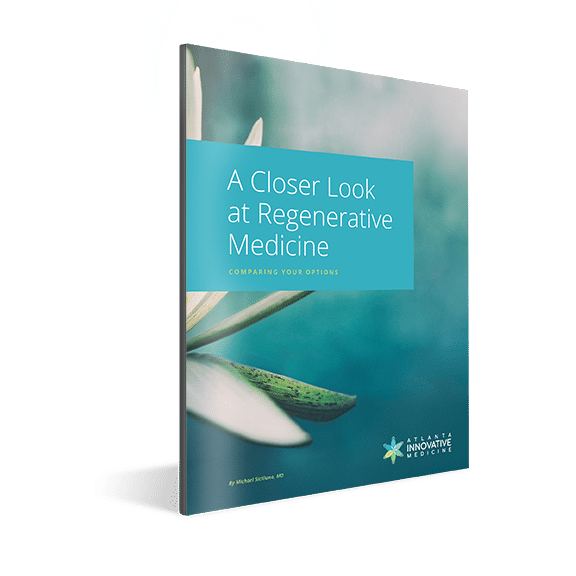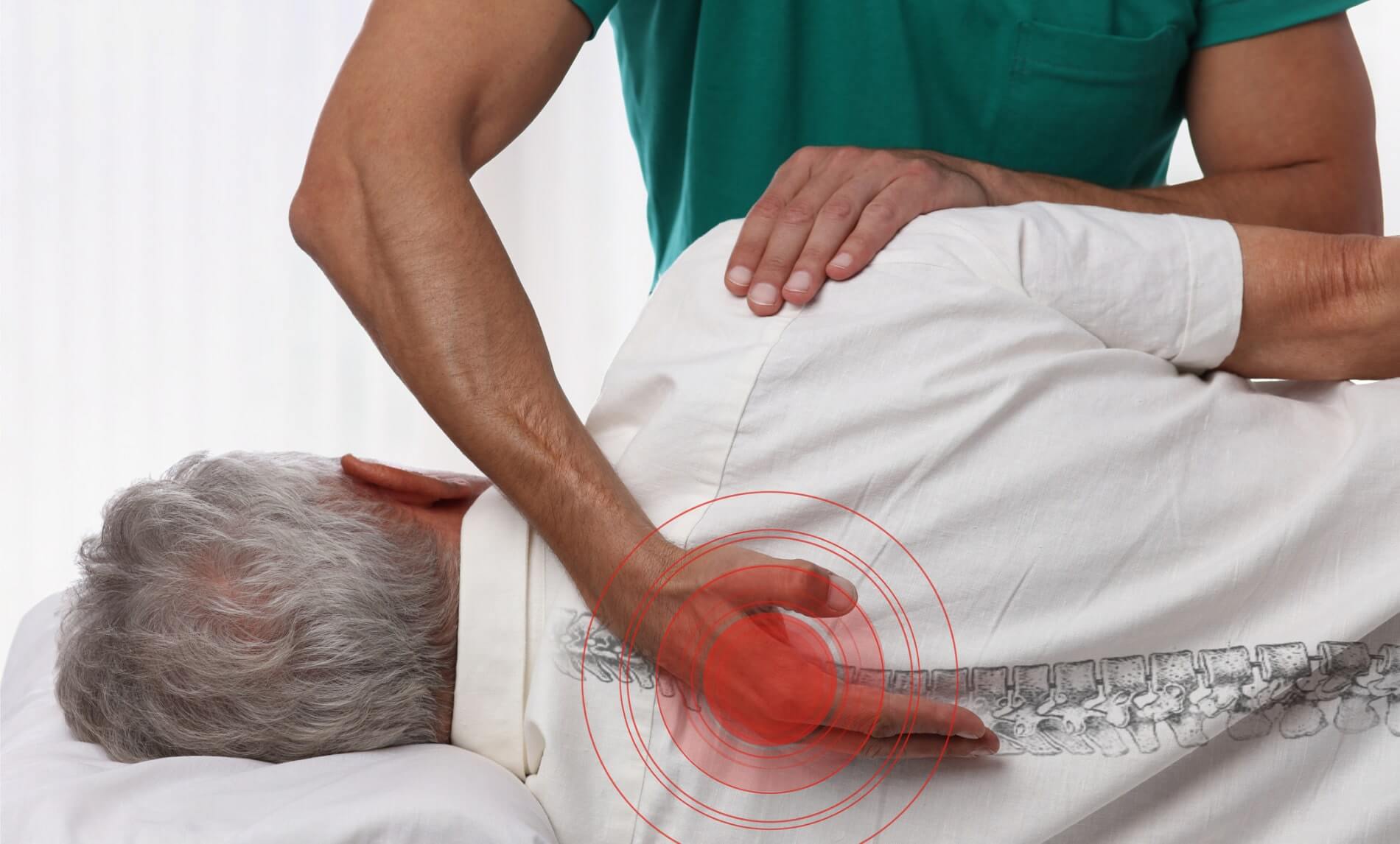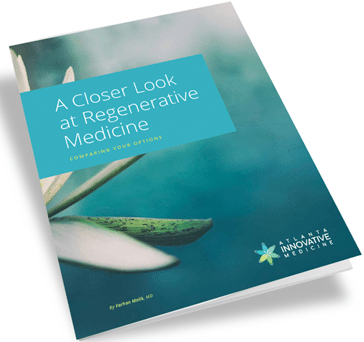By Farhan Malik, MD
Atlanta Innovative Medicine
A new study published in Cell Stem Cell has found that implanted neural stem cells can form connections between themselves and with the host’s neural network in mice. This means there is possibly a new, effective way of repairing spinal cord injuries.
How does it work?
Spinal cord injuries have been notorious for being difficult to repair. Researchers from the University of California San Diego School of Medicine have identified a promising solution in the development of stem cell grafts, which essentially ‘patch-up’ the damaged area. Once the area is repaired, calcium imaging is used to follow the development of new stem cells which are then integrated into the host’s nervous system.
The success in repairing these injuries is due to the development of new calcium imaging techniques. Calcium imaging is a technique used to measure the calcium status of a cell. Since calcium helps the brain communicate with neurons, they were able to track the connections between grafted stem cells and the host’s neurons. The scientists in this study made use of optogenetics, the use of light to control neurons that have been genetically modified, to stimulate and record the neurons.


Subscribe for Expert Insights and Our Ebook
A Closer Look at Regenerative Medicine: Comparing Your Options Learn about treatment options like Platelet Rich Plasma (PRP), Prolozone Therapy, and Stem Cell Therapy.
If it works on mice, will it work on humans?
Although this new study was done using mice, researchers are pushing to further investigate the use of stem cell grafts to repair spinal cord injuries. More research will be conducted to improve the application method of stem cell grafts to create new connections.
Mark H. Tuszynski, professor of neurosciences and director of the Translational Neuroscience Institute at UCSD School of Medicine, stated “While the perfect combination of stem cells, stimulation, rehabilitation, and other interventions may be years off, patients are living with spinal cord injury right now. Therefore, we are currently working with regulatory authorities to move our stem cell graft approach into clinical trials as soon as possible. If everything goes well, we could have a therapy within the decade.”
Quizzes
Are you a candidate for Regenerative Medicine?
Regenerative medicine can be an effective therapy and treatment option for lasting pain relief for a variety of conditions like osteoarthritis of the knee, hip or shoulder; ACL or meniscus tears; tennis or golfer’s elbow; chronic neck and back pain; and more.
Is it right for you and your condition? Take 1 minute to answer a few “yes or no” questions that help to assess if you might be a candidate for PRP, stem cell or other nonsurgical regenerative treatments.
Are You a Stem Cell Candidate for Your Joint or Spine Damage?
Are you a candidate for Platelet Rich Plasma (PRP) Therapy?
Do I have nonsurgical options for my injured or aging joints?
Take the Pain Medications Risk Quiz

Regenerative Medicine.
Reimagined
- Advanced hybrid therapies, including Mesenchymal Stem Cell therapy combined with different mechanisms of action that synergistically come together to support ultimate healing
- More powerful PRP that’s customized, amplified and personalized
- Therapies delivered by an experienced, compassionate team comprised of multidisciplinary experts in traditional and alternative medicine working as your team: Medical Doctors, Nurse Practitioners, Physiotherapists and Chiropractors
- Advanced training through the American Academy of Orthopedic Medicine, the American Osteopathic Association of Prolotherapy Regenerative Medicine, and more
All content of this page is for informational purposes only and is not intended to serve as a substitute for the consultation, diagnosis, and/or medical treatment of a qualified physician or healthcare provider. Individual results may vary. Your medical professional can explain all the risks and potential benefits of any therapy based on your specific circumstances. At this time regenerative therapies are not FDA approved. Neither Atlanta Innovative Medicine nor its physician affiliates promise regenerative therapies as a cure for any condition, disease, or injury.
Other Atlanta Areas We Service:
© 2024 Atlanta Innovative Medicine, LLC. All Rights Reserved. AIM Scholarship Opportunity









